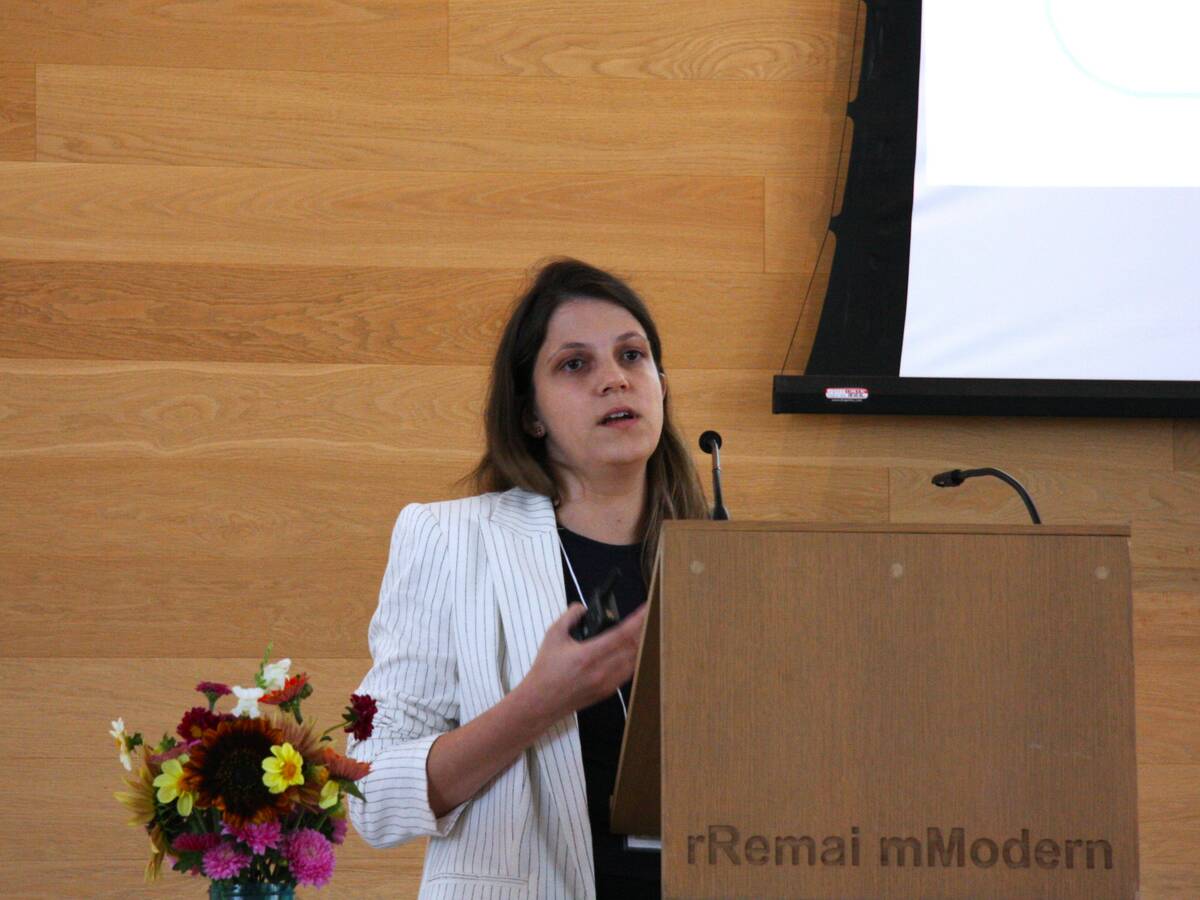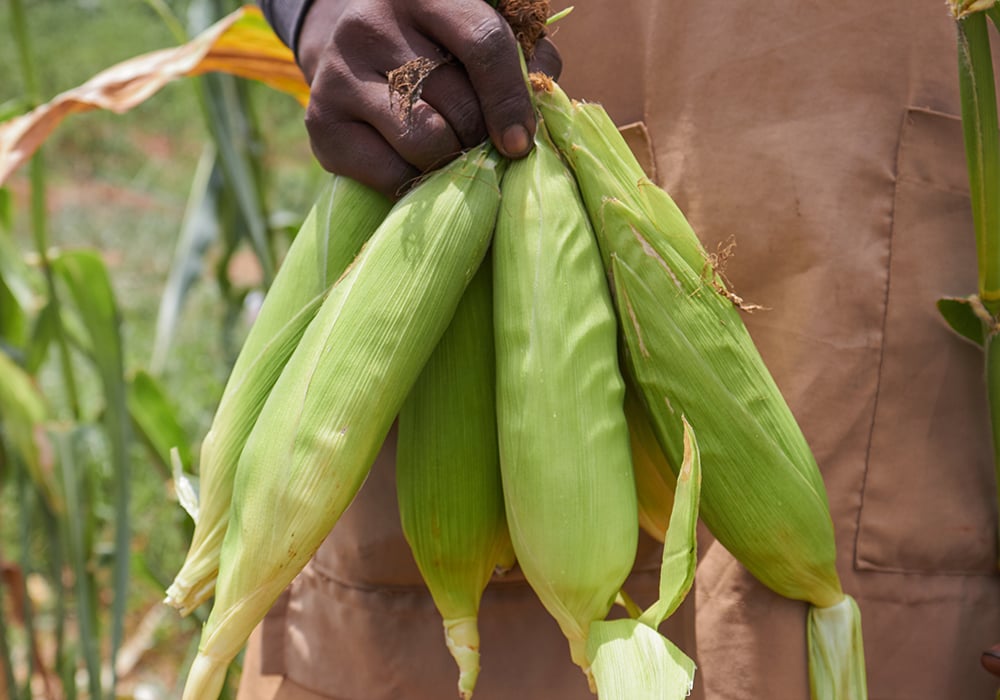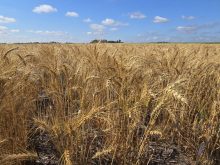Most African farmers sell their corn at harvest time, dumping their main source of income at the lowest-priced time of the average year and ignoring the usual rally later in the year.
Often later these same farmers have to go out and buy corn for their families’ own dietary needs at the higher prices, until they can grow more themselves.
Related story: Farm financial system should not be taken for granted
Read Also

Fusarium head blight mycotoxin detector in the works
A PhD student at the University of Saskatchewan has been working on developing a method of detecting fusarium damaged kernels to ease the struggles of producers, agronomists and industry.
To numerous western analysts that doesn’t make sense. Since the pattern of harvest-time lows and later highs is well established, most analysts have concluded that these small farmers need help with storage facilities, credit and other practical measures that could help them hold onto their crops for longer.
However, new research by Lila Cardell of the U.S. Department of Agriculture’s Economic Research Service and Hope Michelson of the University of Illinois suggests that the farmers’ apparent irrationality in selling at harvest time in defiance of market patterns isn’t actually that crazy.
While returns over the long run will likely be better by hanging onto crops past the harvest-time glut and into the “lean season” market, there are plenty of years in which prices fall after harvest.
“Our results indicate that risky returns may contribute to the decision to forego storage by risk averse small farmers and small traders…. The assumption has been that households should always store…. Our observation is that negative returns to storage are widespread and economically significant contributes an important insight relevant to the persistent puzzle of low storage uptake in much of sub-Saharan Africa,” say the authors of Price Risk and Small Farmer Maize Storage in Sub-Saharan Africa: Insights Into a Long-standing Puzzle, published in the American Journal of Agricultural Economics.
“Returns to storage are positive on average (across years) but negative price differentials are frequent.”
As well, there is no sure-fire way to predict future crop market prices. And with many African family farms operating hand-to-mouth, a significant unexpected shortfall in prices one year can’t easily be balanced with better returns in other years.
“Reliance on averages across years masks important variation across years and markets…. Even in markets where expected returns are high on average, the risk of loss is non-trivial,” Cardell and Michelson write.
Farmers’ desire to avoid risks has often been a starting assumption when trying to understand behaviour that doesn’t seem to make sense to a distanced observer.
Other researchers have for years highlighted flaws in local farming systems that prevent farmers from capitalizing on the highs of market pricing cycles.
If farmers can’t store their harvested crops, of course they need to sell them before they spoil. That observation has led to much development of grain storage research, development and investment focused on the needs of small, developing world farmers to be able to hang on to their crops if they desire.
Other research has highlighted the financial reality of many small farmers, who exhaust most of their income by the time their next crop comes in and often have debts that must be paid soon after harvest.
Many farm finance and microfinance programs have arisen to help farmers handle their short-term money needs so they can market their crops more strategically.
Still, most small farmers move most of their crops soon after harvest despite improvements in storage and finance.
Cardell and Michelson’s research attempts to resolve some of the mystery by re-examining farmers’ marketing behaviours, has found less irrationality than what has been commonly believed in the past.
“The decision to store grain in each market year is a gamble.”
If a family can’t afford to see prices drop substantially, even if that is unlikely, there can be an incentive to sell crops quickly and take a “bird in the hand” position. For the risk averse, beyond the risks of pests and spoilage, price risk is just another factor that raises the danger level they see in their stored grain.
“Results suggest that even for risk-neutral and low-risk-aversion farmers, selling at harvest can be the optimal choice, either because of high harvest prices, low expected lean-season prices, or high variance in returns,” they write.
“Our results suggest that not all farmers would rationally store grain for later sale. In market years in which they opt out, the risk of negative returns is too great relative to what they could earn with certainty at harvest.”
Cardell and Michelson suggest researchers examine possible farmer supports such as “price contingent loan repayment, forward contracts and price insurance to large intermediaries who handle storage.”
Sub-Saharan farmers have long perplexed researchers with their grain marketing behaviour, but by understanding the reality of grain market unpredictability upon small farmers, the situation is less mysterious.
“We demonstrate that by using a conservative definition of negative returns, the assumption of positive returns does not always hold, and in fact, the possibility of negative returns provides new and important insight relevant to solving the widely observed and persistent puzzle of low storage uptake among small farmers in Sub-Saharan Africa.”
















